Posted on 11/29/2021
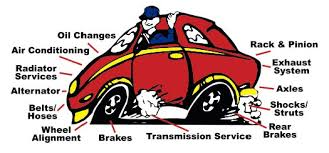
We live in such a disposable society. It's amazing all the stuff we throw away. New stuff comes out so fast, we just toss the old and move on. In the old days, MI folks were real sticklers about taking care of their things. If something got lost or ruined by neglect, tough - they had to do without. Most drivers couldn't afford new vehicles very often, so they had to make them last as long as they could. It's a good thing that vehicles are more reliable these days. They just don't break down as often. And the good news for us MI penny pinchers is that a modern vehicle can easily go 200,000 miles/320,000 km with proper care. The engineering and the manufacturing quality is tremendous. The missing ingredient is us Vehicle owners making sure we follow the vehicle manufacturer's recommended maintenance schedules. Every time you go a little farther between recommended oil changes, you have created an opportunity for sludge to be formed and for clogged p ... read more
Posted on 11/24/2021
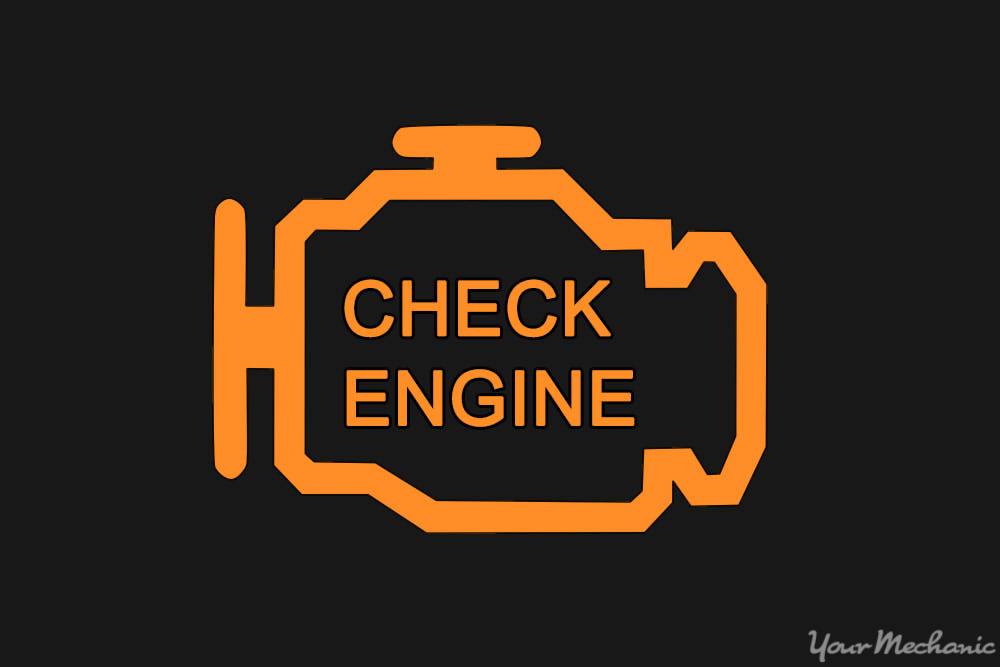
Have you ever had an experience like this? You drive through the one of those automatic car washes. When you get to the end, where the dryer is blowing, your Check Engine light starts flashing! You fear the worst, but within a block or two, the light stops flashing, but stays on. By the next day, the light is off. You wonder; "What was going on?" Well, it's actually a good lesson in how the Check Engine light works. Your air intake system has a sensor that measures how much air is coming through it. When you went under the high-speed dryer, all that air was blasting past the sensor. Your engine computer was saying, there shouldn't be that much air when the engine is just idling. Something's wrong. Whatever's wrong could cause some serious engine damage. Warning, warning! It flashes the Check Engine light to alert you to take immediate action. It stopped flashing because once you were out from under the dryer, the airflow returne ... read more
Posted on 11/10/2021
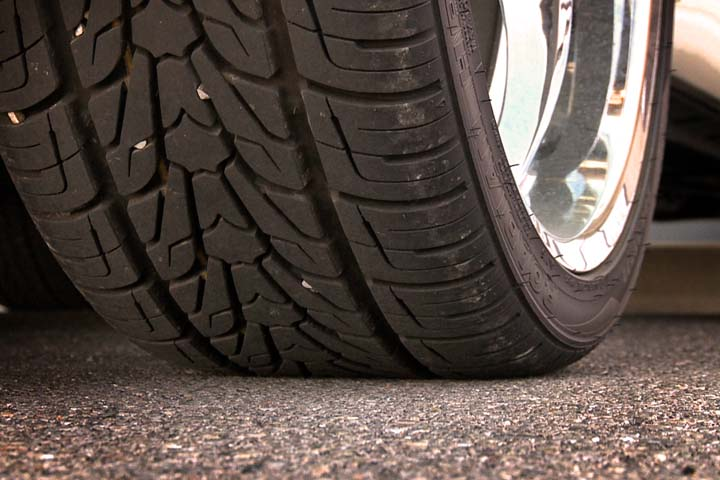
You may live in a region where roads become pockmarked with craters known better as potholes. They're caused by moisture seeping through a compromised road surface that can freeze, expand and literally punch holes in the road. And when your vehicle hits one of those holes that's big enough, the impact can flatten a tire, bend a wheel or tear apart a suspension component. To minimize pothole damage, leave enough room between you and the vehicle in front of you so you can see the road surface and any upcoming potholes. That way you'll have time to slow down and steer around them. Also, if you see what looks like a puddle of water, it may be hiding a pothole underneath, so treat it as if was a pothole. If you keep your tires inflated to the manufacturer's specifications, they're more likely to withstand hard impacts. And the slower you're going when you hit a pothole, the less likely you are to break something. ... read more
Posted on 10/27/2021
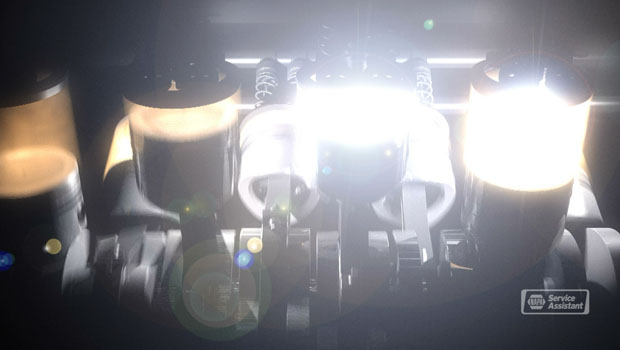
When you start up your gasoline engine car, you may not know that it's using the same ignition principles as it has for decades. You have spark plugs that require enough power so a spark can jump across a gap at its tip. Years ago, a vehicle's 12-volt system had to produce 15,000-25,000 volts to do that, so engineers came up with something called an ignition coil that bumps up the voltage. It also has to be done at just the right interval called timing. The first systems had a distributor, a mechanical device with a rotating disc that switched the power to the ignition coil on and off. That higher voltage then was sent to the spark plugs at the correct time interval. But the mechanical "points" had to be replaced and adjusted every 12,000 miles/20,000 kilometers. Engineers later replaced the switching mechanism with solid state ones, but they still needed replacement after 120,000 miles/200,000 kilometers. The next evolution came in the ... read more
Posted on 10/13/2021
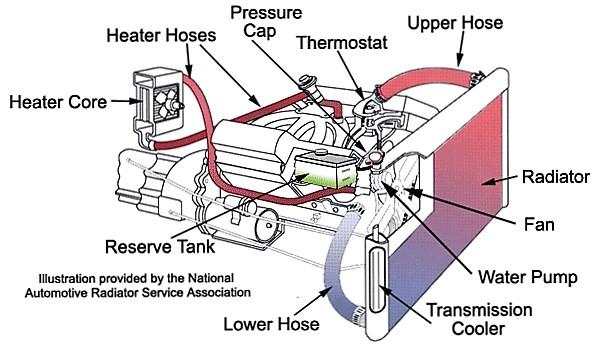
Today we want to talk about a system in our vehicles – the cooling system. It's one of those things that auto owners don't give much thought to until it fails and then they're stranded by the side of a road in MI. Cooling systems fail more often than any other mechanical system – usually because of neglect. Don't you hate it when something breaks and you could have done something to prevent it? The good news is that if drivers take care of their cooling systems, they can keep working for the life of their car. Here at Armstead Automotive in HOLLY and SAGINAW, we emphasize preventive maintenance services like replacing your coolant according to the factory schedule. But the various parts that make up the cooling system need attention too. The major components of the cooling system are the water pump, freeze plugs, the thermostat, radiator, cooling fans, the heater core, the pressure cap, the overflow ta ... read more
Posted on 9/29/2021
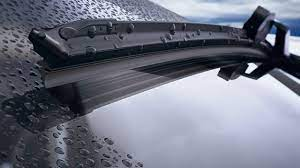
If you're gonna drive around the HOLLY/SAGINAW area, you've got to be able to see! So having a good set of windshield wipers is extremely important. We've all experienced the frustration and fear of not being able to see clearly during a storm or when our windshield is just dirty. It seems like your wiper blades are always at their worst when you need them the most. But windshield wipers are like most other vehicle parts– they require regular attention in order to work their best. You really ought to replace your wiper blades twice a year; in the spring and the fall. If it's going to be a particularly harsh winter in MI, you may even want to get special winter blades in the fall. Winter blades are designed to resist freezing. Speaking of winter and freezing conditions, if your car has been sitting for a long time and the windshield becomes frozen, don't use your wipers to clear ... read more
Posted on 9/8/2021
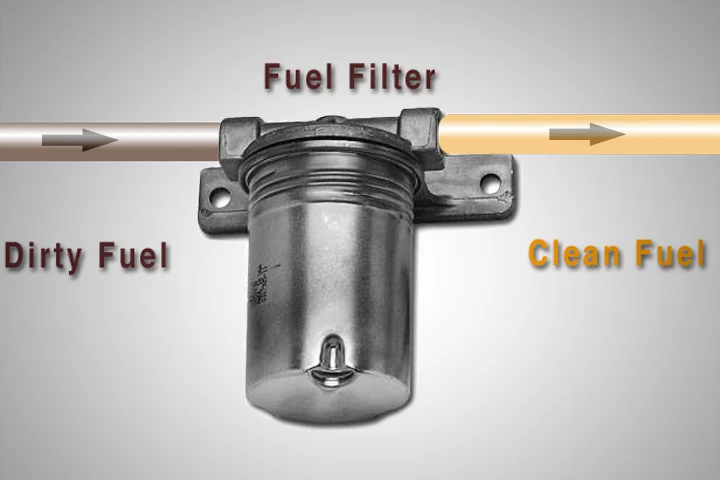
There are a surprising number of small, inexpensive parts that can lead to expensive engine damage when they fail. It doesn't seem right. Fortunately a lot of those things can be taken care of in routine maintenance. They may not be easy to remember because it is a long list, but your service center at Armstead Automotive can help you know what's scheduled to be taken care of. Some of us in HOLLY and SAGINAW, MI, really don't look forward to going in for an oil change and then getting a list of the other things the manufacturer recommends. But automotive maintenance is all about prevention and addressing small problems before they get big. Let's take the fuel filter for example. You may not know this but the median age for private vehicles on our HOLLY and SAGINAW, MI, roads is over nine years. When vehicles get older, five years or so, they've accumulated a lot of dirt and rust in their gas tanks. If that di ... read more
Posted on 8/18/2021
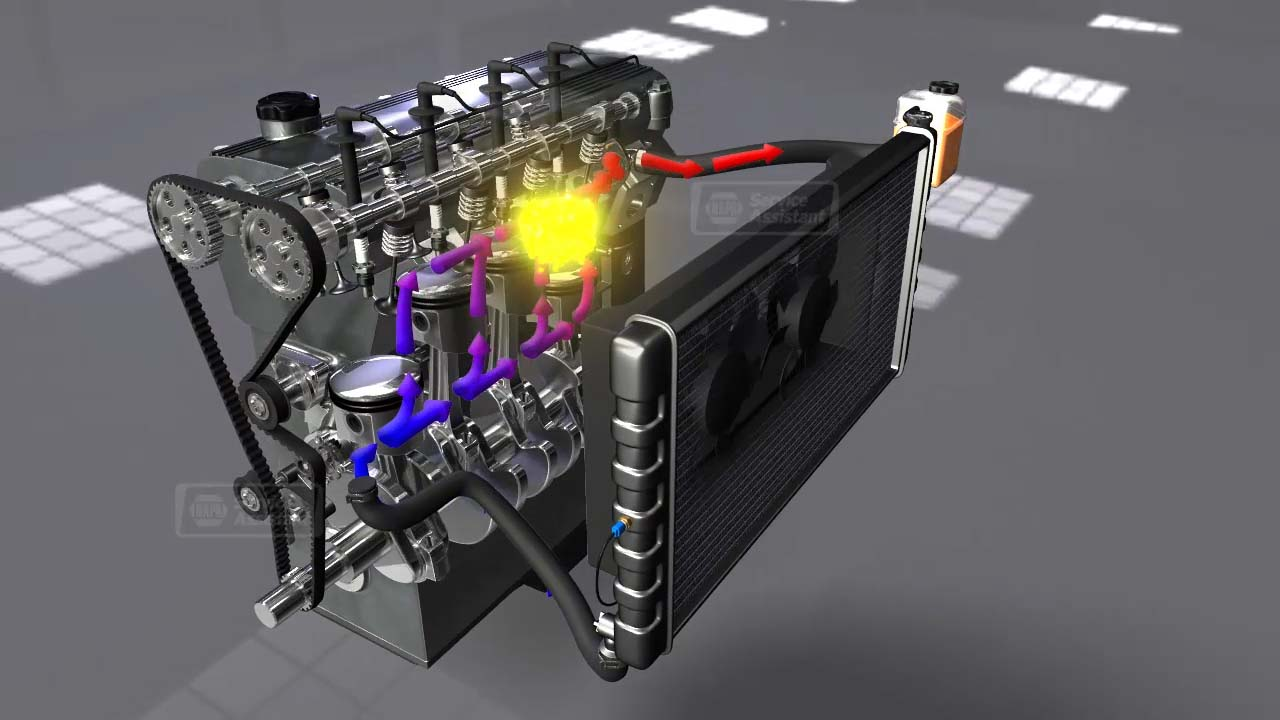
Unless you live in Death Valley, you really don't hear much any more about cars overheating. That's because cooling systems in vehicles have been much improved. That doesn't mean you can't overheat your vehicle engine, though. Without proper preventive maintenance, you could still find yourself on the side of the road waiting for your vehicle engine to cool down. When you service your cooling system at Armstead Automotive, your technician will check the condition of the coolant. It can become corrosive over time, which can damage a radiator — leading to an overheated engine. Changing the coolant periodically is good vehicle care. Your vehicle owner's manual can give you guidelines on how often to replace it. If your engine overheated, your friendly and knowledgeable service advisor will also check your coolant system for leaks. Check the vehicle radiat ... read more
Posted on 7/28/2021
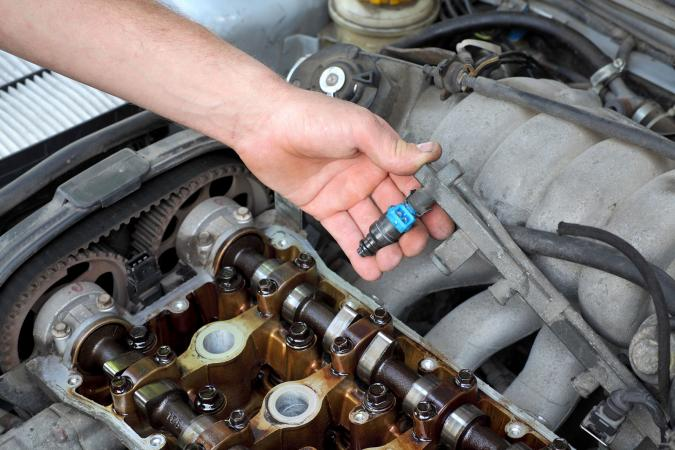
A fuel injector is a valve that delivers fuel to a vehicle's engine. It has to deliver the precise amount of fuel to precisely the right place, precisely when the engine needs it. The fuel also has to be mixed with air before it can burn in the engine. Fuel injectors are engineered to spray fuel in a specific pattern into the engine. (The pattern varies by engine type and design.) In order to achieve these spray patterns, the fuel must be pressurized. The pressure in a fuel injection system varies depending on its type. Many gasoline engines use port injection systems, which operate with a pressure of 60 pounds per square inch. Newer direct injection systems operate at 10 to 30 times that pressure. Some diesel passenger vehicles have fuel injectors that operate at 30,000 pounds or more per square inch. Vehicles have one fuel injector for each cylinder in the engine. Your vehicle's control computer constantly monitors the engine and various sensors ... read more
Posted on 7/7/2021
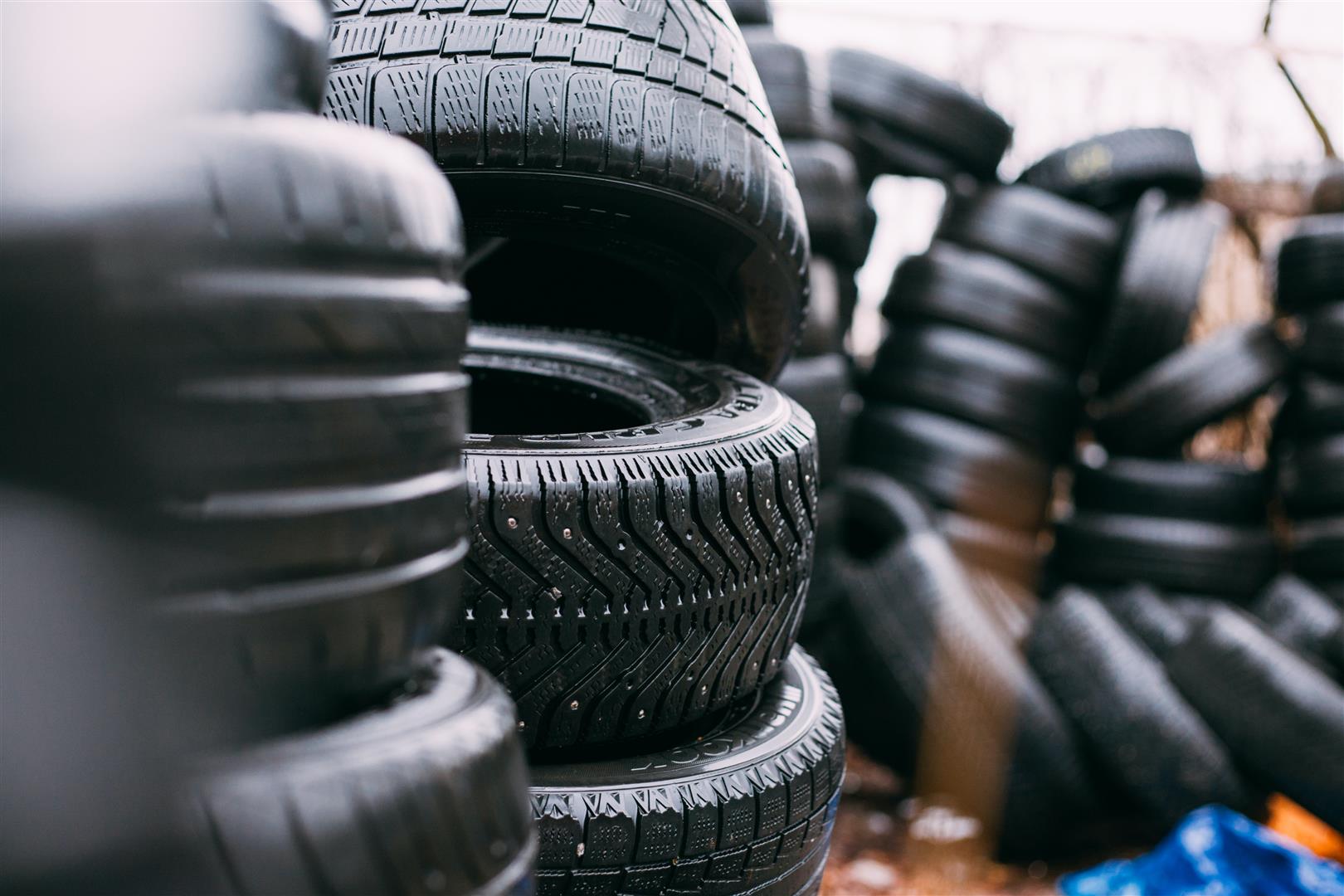
Heat isn't easy on vehicle tires, and as the seasons change, make sure yours are ready to take the heat. Let's talk first about inflation. Heat causes air to expand, so heat alone can raise the pressure in your tires. If you are driving on overinflated tires, they won't have as much contact with the road surface. In that case, it will take you a longer distance to stop. On the other hand, you don't want your tires to be underinflated during hot weather, either. That can cause your sidewalls to flex. Friction will then hike up the temperature and your tire can be in danger of blowing from the added heat. Other things can cause problems, such as uneven wearing. Your service advisor knows the signs to look for and can diagnose where the wear is and what is likely causing it. Another thing a technician will look for on tires is tread depth and the condition of the sidewalls. Any cuts, cracks or bulges could be indicat ... read more